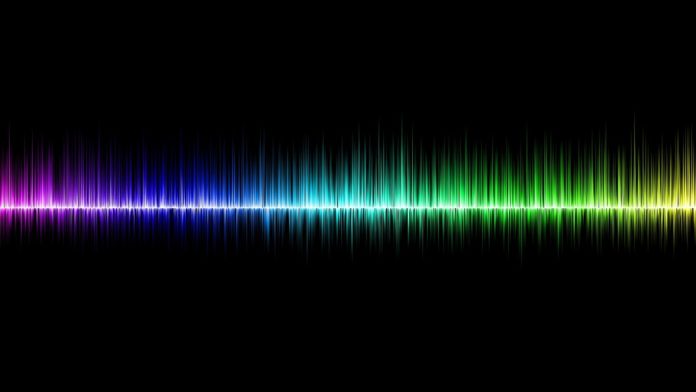How do you like your concert pitch? Does it even matter?
When orchestras tune to concert pitch, they need a common reference tone, measured in Hertz, to be precise. The orchestral standard for A4, the A note above middle C, is tuned to 440 Hz and from here we can align all the remaining intervals after that.
However, every subject seems to provoke a certain degree of tinfoil thinking, and music is no exception. Conspiracy theorists believe the Nazis switched to 440 Hz as a form of mind control to win the war. More current is a growing body of New Age thinkers, Numerologists and artists who support an alternative based on the Schumann Resonance, which allegedly has superior properties: 432 Hz.
432Hz of Mystical Vibrations
Adherents of 432 Hz claim it is the universal frequency that aligns with all sorts of ratios and numbers throughout the natural world.
A wide array of musicians have taken to this ideology. There are those who create ambient pieces for meditation circles but also conventional pop music like the Canadian band Walk off the Earth. Not only that, but you can now buy 432 Hz tuning forks, specially-designed drums that resonate at 432 Hz, and even play your tunes through the 432 Player.
The purpose, or so it is said, is to unlock the right hemisphere of the brain, cleanse chakras, and keep us in step with the electromagnetic pulse of the Earth.
Extreme pseudoscience aside, there are less outlandish (but nonetheless false) claims pushing the myth that 432 Hz is special. Musical greats such as Mozart, various ancient cultures, and even mathematicians like Pythagoras have been connected to 432 Hz, but these claims are fundamentally ahistorical.
Ancient peoples could not fine-tune an instrument to correspond exactly to 432 Hz. They possessed neither the tools necessary to hone in on such a precise pitch, nor the mathematical concepts that form its basis. Hertz is measured in cycles per second, yet the concept of a second didn’t arrive till around 1600 and subsequently cycles per second in the 19th century (later named Hertz [Hz] in 1930).
There’s no evidence that Pythagoras used instruments tuned to 432 Hz, let alone any specific reference pitch as a standard. His concept of musical intervals was based on ratios stemming from an arbitrary root pitch. Loosely speaking, what mattered to Pythagoras is what matters to you when someone tunes up a guitar at a party: whatever the reference tone, if all the other intervals are aligned harmonically, it’ll sound fine.
The messy history of 440 Hz
Thanks to 440 Hz standardization, when a piano is tuned up in Shanghai or Saskatoon, the same key will produce the same note in either location.
Throughout the Classical, Baroque, and Romantic periods, it was all over the place. Most places in Europe ascribed to an A4 pitch somewhere between 400 Hz and 470 Hz, but even inside the same country there could be dramatic differences from one region to the next.
Travelling performers faced challenges. Recalibrating instruments to the local preference can have detrimental effects on the timbral qualities of acoustic instruments designed for a different standard. Higher tunings can put a strain on their mechanical integrity due to the increased tension in the strings (intonation usually being the first casualty).
It wasn’t until 1939, at an international conference in London, that the international community agreed on 440 Hz as the standard. This was further cemented by the mass influx of post-war American instruments designed for 440 Hz, significantly propelled by the jazz boom in Europe.
No magical properties, no universal harmony, and best of all, no Nazis were involved. Just pragmatism.
If you still prefer 432 Hz music, that’s perfectly fine. Verdi preferred it after all, and personal taste is as good an argument as any when selecting a favoured concert pitch.
Try out the difference for yourself and see what you think:








































